Pacific Sharpnose Shark, Rhizoprionodon longurio
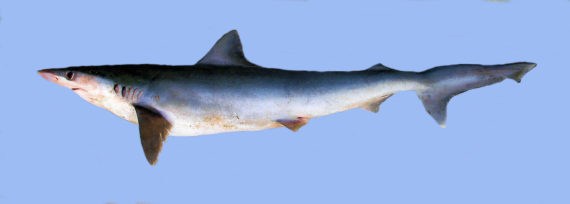
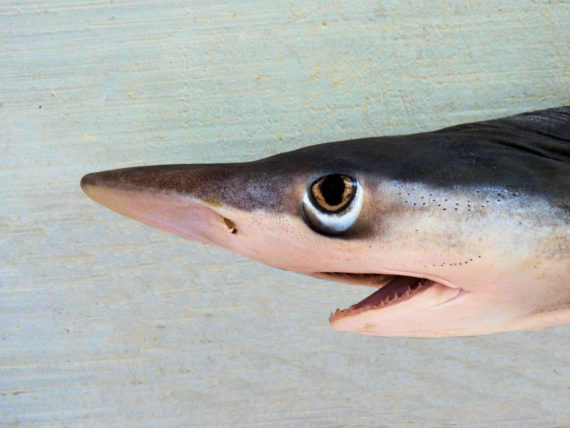
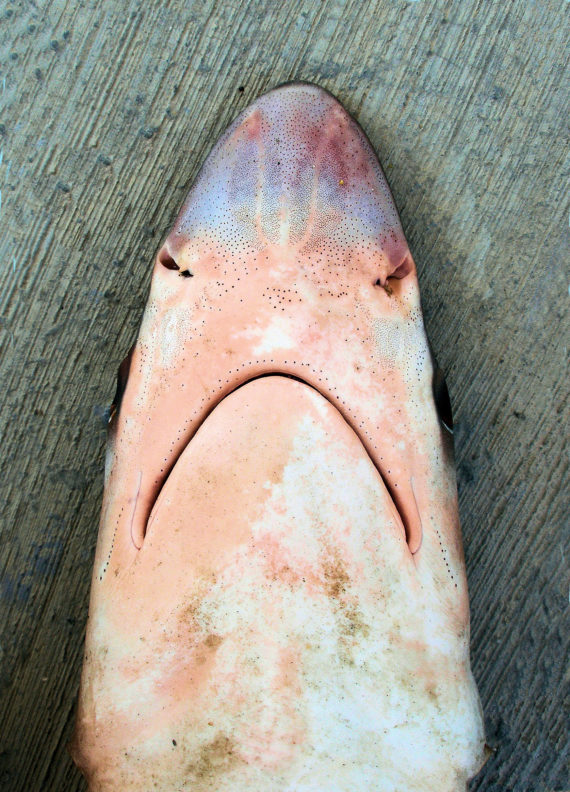
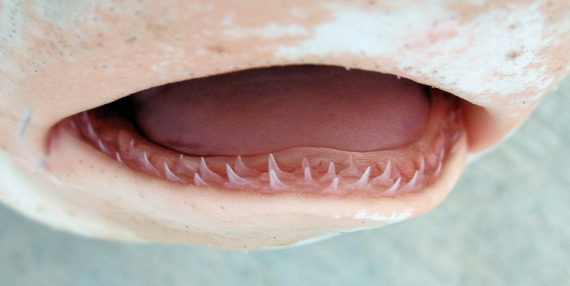 Pacific Sharpnose Shark, Rhizoprionodon longurio. Fish provided by the commercial fishermen of the greater Los Cabos area, Baja California Sur, May 2012. Length: 72 cm (2 feet 4 inches).
Pacific Sharpnose Shark, Rhizoprionodon longurio. Fish provided by the commercial fishermen of the greater Los Cabos area, Baja California Sur, May 2012. Length: 72 cm (2 feet 4 inches).
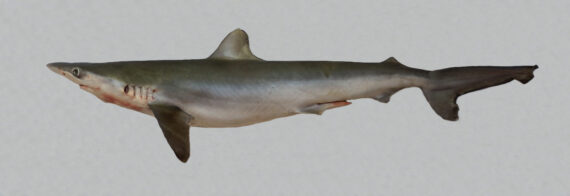
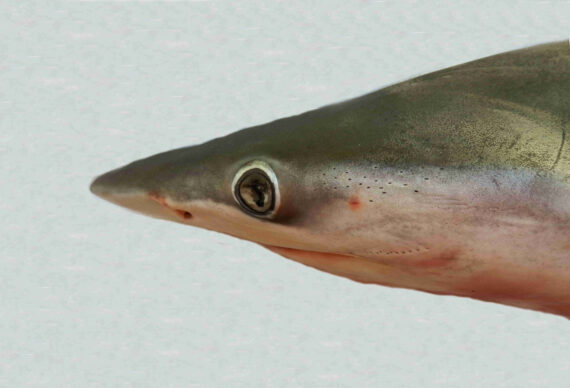
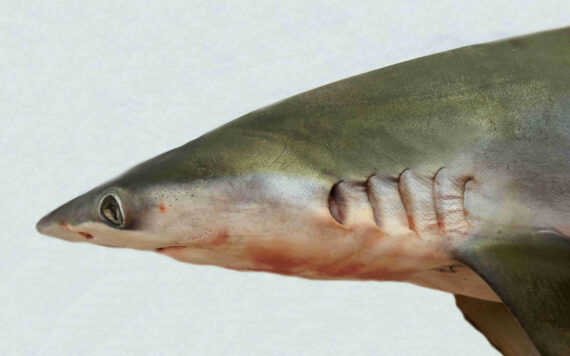
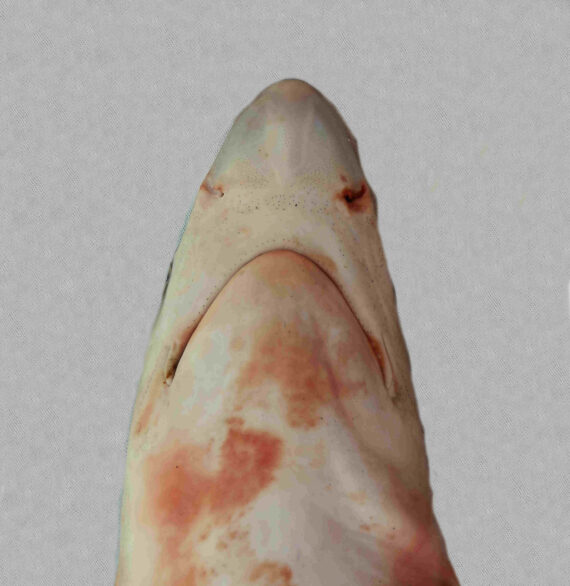
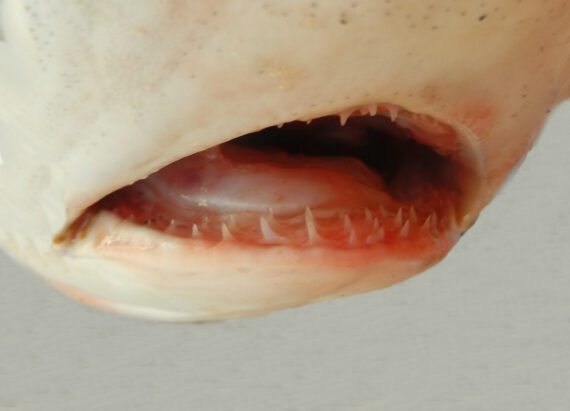
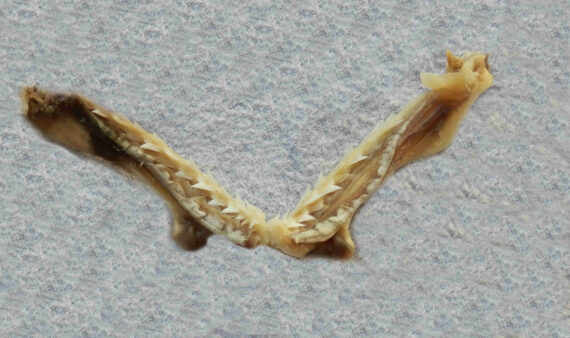
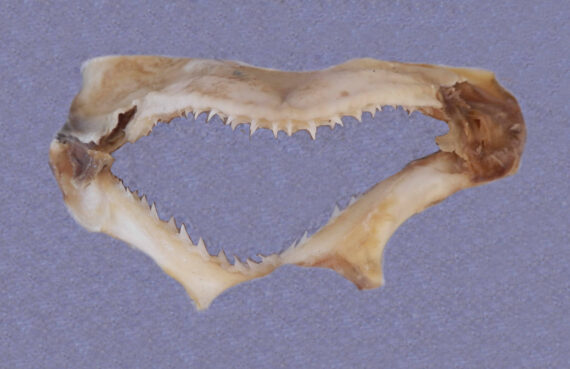
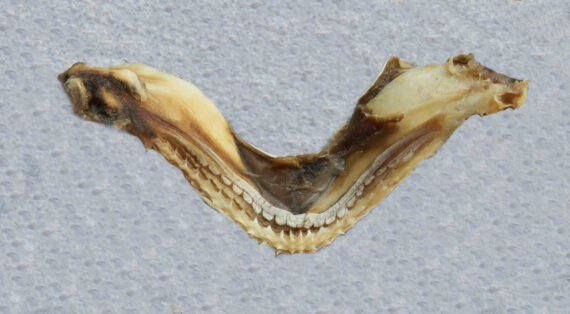
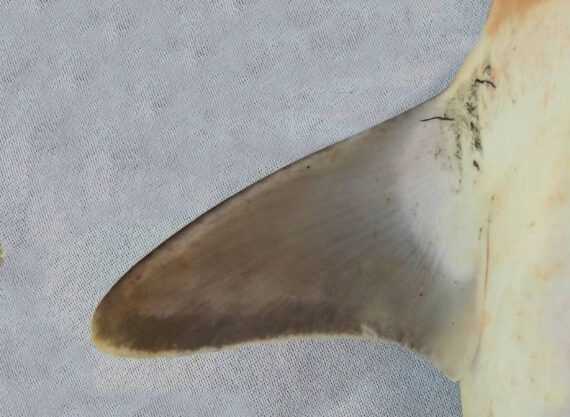
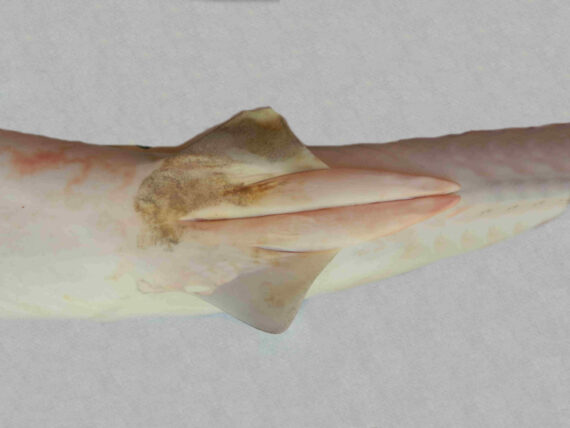

 Pacific Sharpnose Shark, Rhizoprionodon longurio, Male. Fish caught from coastal waters off Loreto, Baja California Sur, April 2024. Length: 92 cm (3 feet 0 inches). Identification courtesy of Dr. Ross Robertson, Smithsonian Institute, Panama City, Panama and reconfirmed by Dr. Douglas Long.
Pacific Sharpnose Shark, Rhizoprionodon longurio, Male. Fish caught from coastal waters off Loreto, Baja California Sur, April 2024. Length: 92 cm (3 feet 0 inches). Identification courtesy of Dr. Ross Robertson, Smithsonian Institute, Panama City, Panama and reconfirmed by Dr. Douglas Long.
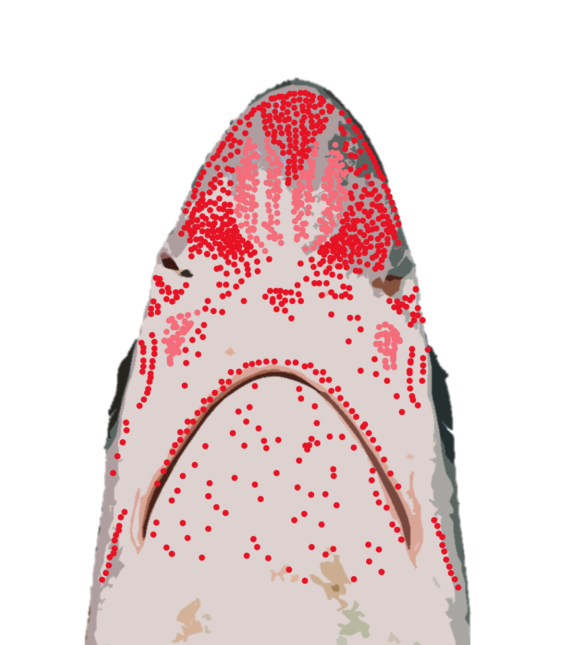 Pacific Sharpnose Shark, Rhizoprionodon longurio, Ampullae of Lorenzini. Photo courtesy of Tanguy Carpaye, Ailerons Institution, Montpellier, France.
Pacific Sharpnose Shark, Rhizoprionodon longurio, Ampullae of Lorenzini. Photo courtesy of Tanguy Carpaye, Ailerons Institution, Montpellier, France.
The Pacific Sharpnose Shark, Rhizoprionodon longurio, is a member of the Requiem Shark or Carcharhinidae Family, and is known in Mexico as cazón bironche. This fish is named after its long snout. Globally, there are seven species in the genus Rhizoprionodon, of which three are found in Mexican waters, two in the Atlantic and one, this species, in the Pacific Ocean.
The Pacific Sharpnose Shark is a medium-sized shark with a slender body. They are grayish-brown dorsally and transition to white ventrally. The rear margin and upper tip of their caudal fins are broadly black. Their dorsal fins have dusky tips and their pectoral fins have light margins. Their caudal fin is strongly asymmetrical and has a large lower lobe and a top lobe notched under the tip. Their anal fin is smaller than the second dorsal fin; their first dorsal fin is small with its origin over the rear margin of the pectoral fins; their second dorsal fin is smaller than the first and originates over the rear 1/3 of the the anal fin; and their pectoral fins are small, broad and triangular. Their head has a long pointed snout which is longer than the width of the mouth. They have long labial furrows at the corner of their mouth, large round eyes, widely spaced nostrils, and 26 to 29 rows of narrowly triangular, oblique, and smooth to finally serrated teeth. They have 5 gill slits, the last 2 being over the pectoral fins.
The Pacific Sharpnose Shark is a relatively common inshore shark often found in shallow estuaries over sandy and muddy bottoms. At certain times of the year, they can be locally abundant. They are known to move to deeper waters during the summer and autumn being found from the surface to depths up to 100 m (330 feet). They are known to migrate up to 1,000 km (600 miles). Females are larger than males reaching a maximum of 1.54 m (5 feet 6 inches) in length versus 1.10 m (3 feet 7 inches). They consume cephalopods, crustaceans and small fish. In turn they are preyed upon by numerous large carnivorous fish including large sharks. They reach sexual maturity within 3 years. Reproduction is viviparous and follows either an annual or biannual cycle with gestation periods of 6 to 12 months. Litter sizes range from 1 to 12 pups measuring 30 cm (12 inches) to 37 cm (16 inches) in length. Larger females produce larger litter sizes but their pups are smaller in stature. Females reside in deeper waters most of the year and return to coastal waters in large sexually segregated schools to give birth. Nursery areas are inshore in enclosed bays and sounds with the coastal waters of Sonora being documented as an important pupping area. They have a lifespan of up to nine years. The Pacific Sharpnose Shark is poorly studied with very limited information available about their lifestyle and behavioral patterns including specific details on age, growth, longevity, movement patterns, diet, habitat use, and reproduction.
The Pacific Sharpnose Sharks is a resident of all Mexican waters of the Pacific Ocean.
The Pacific Sharpnose Shark is most likely confused with the Pacific Smalltail Shark, Carcharhinus porosus (second dorsal fin origin over middle of anal fin) and the Whitenose Shark, Nasolamia velox (large nostrils set close together). It is the only requiem shark in the eastern Pacific with long labial furrows.
From a conservation perspective the Pacific Sharpnose Shark is currently considered to be Data Deficient as catch levels within their range have been poorly documented. They are considered one of the most resilient sharks. As their nursery areas are located inshore, they are vulnerable to exploitation and human-induced habitat degradation. The Pacific Sharpnose Shark is seasonally abundant and caught primarily as a by-catch in trawls with gill nets, longlines, and traps set by inshore artisanal fishermen. They provide the basis for an important seasonal inshore artisanal fishery, however, are overfished in some locations with significantly diminishing populations. Their meat is sold for human consumption and also used as chunk bait targeting other larger sharks. Their fins are small and not in demand for shark fin soup. In United States waters they are regulated with daily bag limits for recreational anglers and annual quotas for commercial fishermen. They pose a moderate threat to humans due to their inshore habitat bringing them in close contact with humans, however, their bites are normally not serious. They can be found in several public aquariums.